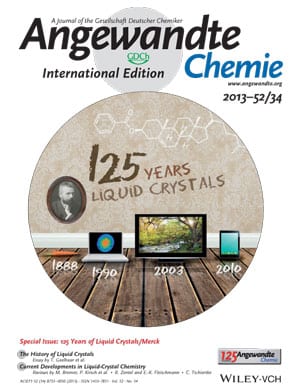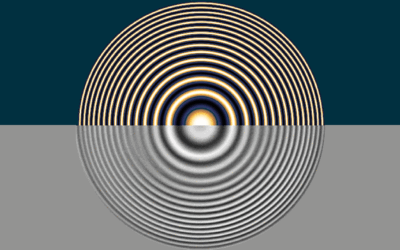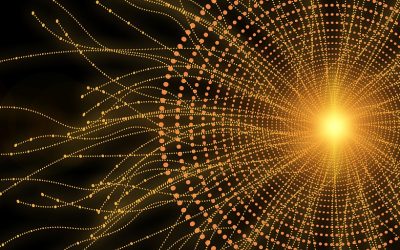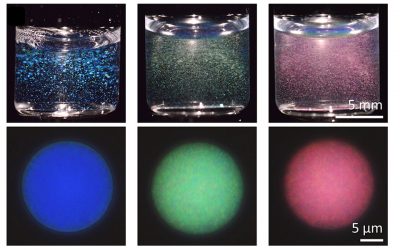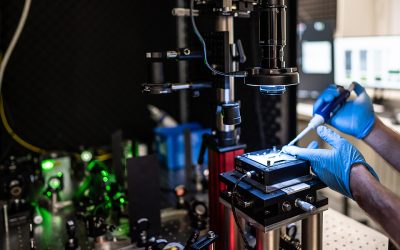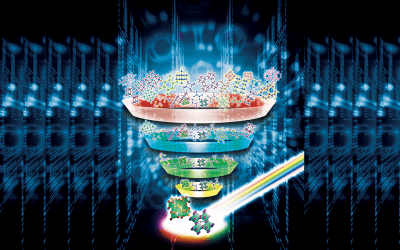Chances are high that you are reading this text on a liquid-crystal display (LCD), but what are liquid crystals anyway? Low-power flat displays in many sizes have conquered living rooms and offices, pockets and purses. Just how a material extracted from carrots became the basis of an advanced technology is the subject of a topical issue of Angewandte Chemie and of a dedicated colloquium and historical exhibition during the Science Forum of the German Chemical Society GDCh in Darmstadt, September 9, from 10:30 am.
In their free essay, Thomas Geelhaar and colleagues from Merck summarize the history of liquid crystals from their discovery, through academic dispute, to the Nobel Prize for Pierre-Gilles de Gennes and their application in TVs, computer screens, and mobile phones. Matthias Bremer and colleagues (Merck), who received the German Presidential Future Award for their work on liquid-crystal materials for display applications, describe current pertinent developments at the market leader in a review.
Carsten Tschierske (Universität Halle) describes the complex structures discovered in certain liquid crystals and discusses implications for materials and applications. The capabilities of liquid crystals reach far beyond displays: “Artificial muscles and organic semiconductors can also be realized with them”, write Eva-Kristina Fleischmann and Rudolf Zentel (Universität Mainz) in another Review.
Moreover, this issue contains original research on liquid crystals and all areas of chemistry, as readers of the journal have come to enjoy over the past 125 years. “How do you pass on enthusiasm for chemistry to young people?” ask Brady Haran and Martyn Poliakoff (University of Nottingham) in a free editorial and show their approach using YouTube.

![anie_cover_2013_34[1]](https://www.advancedsciencenews.com/wp-content/uploads/2013/08/anie_cover_2013_341.png)
